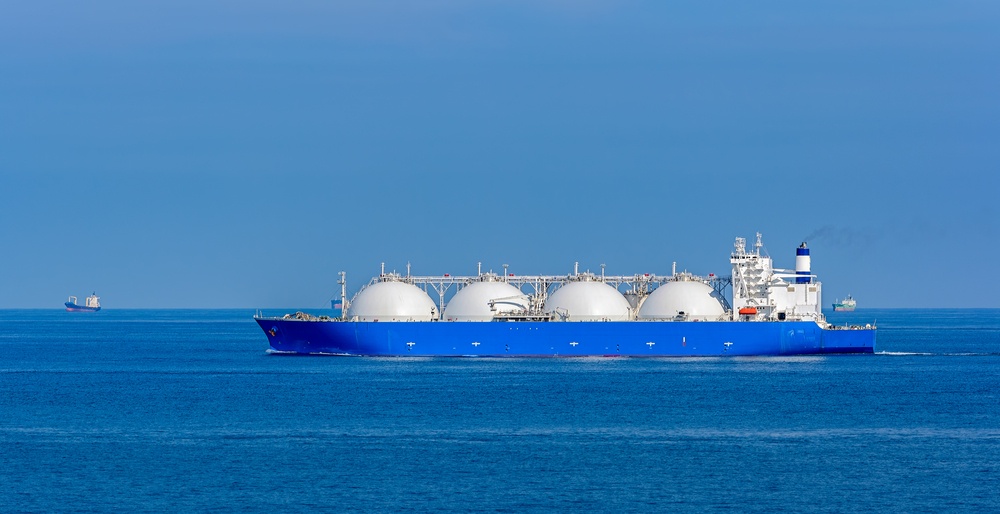
Newbuilding orders for liquefied natural gas carriers are hitting fever pitch again. At last count, there are now more than 100 LNG carriers on order, a trend fuelled by rosy forecasts for LNG demand growth and the recovery in charter rates.
Spot charter rates for LNG carriers have reached an all-time high of USD 200,000 a day, surpassing the last peak of USD 150,000 a day in 2012, when the Great East Japan earthquake resulted in a one-off spike in LNG demand, following Japan’s suspension of nuclear power generation.
Continuing ramp-up of multiple LNG export projects in Australia, Qatar and the US has combined with growing worldwide demand to feed LNG consumption, and charterers continue to lock in multi-month contracts ahead of the winter months; even vessels that were laid-up during the slump in 2016 have been reactivated.
China to surpass Japan as the world's largest LNG importer
Demand continues to be fuelled by Asia, with the International Energy Agency (IEA) predicting that China will surpass Japan as the world’s largest LNG importer in 2019. The IEA noted that China, Japan and South Korea imported around 215 billion cubic feet of LNG in 2017, and this is expected to grow to 242 billion cubic feet by 2023.
Indeed, even the US-China trade war has failed dampen China’s burgeoning demand for LNG as the country's Government targets clean energy to improve air quality. China has merely chosen to buy more LNG from the Middle East, as highlighted in September 2018, when PetroChina signed a 22-year import agreement with Qatargas.
Looking further ahead, more LNG cargoes will enter the market when new export projects come onstream in the US Gulf, Canada, Russia and East Africa.
Demand rises for clean energy
The 2018 BP Energy Outlook forecasts growing natural gas consumption, based on rising demand for clean energy, and strong increases in low-cost gas supply. By 2040, the US is expected to account for nearly 25% of global natural gas production, with the Middle East and the Commonwealth of Independent States each accounting for around 20%.
Concerned with the rise in spot charter rates, the IEA has hinted that more LNG carriers need to be built to maintain a balanced market.
However, as with all shipping segments, over-ordering of vessels carries an element of risk, especially when many of the newbuildings are not tied to long-term charters with oil majors or energy traders.
Awilco LNG estimates that 27 of the 42 standard LNG carriers that have been commissioned in 2018 represent speculative orders, and according to ship brokers, close to 40 of the vessels under construction are not committed to long-term charters.
Confidence growing for LNG shipping
Although the orderbook represents almost 20% of the fleet, new LNG production, amounting to 91 million tonnes per annum (mtpa), is scheduled to progressively come onstream by 2021. Nearly 50 mtpa of the new production is out of the US, which is expected to increase tonne-mile demand, and require more vessels than the current supply of available tonnage plus vessels on order. Combined with orderbook visibility until 2021, the mid-term outlook for LNG shipping is promising. This confidence has even seen some players specifically marketing tonnage as being charter-free. FLEX LNG has promoted itself as one of the few ship owners with significant uncommitted tonnage being delivered between 2018 and 2021.
While a sustainable LNG spot market has been promised for many years, it is important to remember that just three years ago the delivery of speculative LNG carrier orders from 2011 to 2012, and the slide in oil and gas prices, saw spot charter rates for LNG carriers slide to USD 25,000 a day. With LNG vessels having a trading life of over 20 years, will the new boom result in a new bust? Time, oil prices, environmental legislation and geopolitics will tell.
For exclusive access to further shipping insights from our 2018 London Forum, click the button below.

